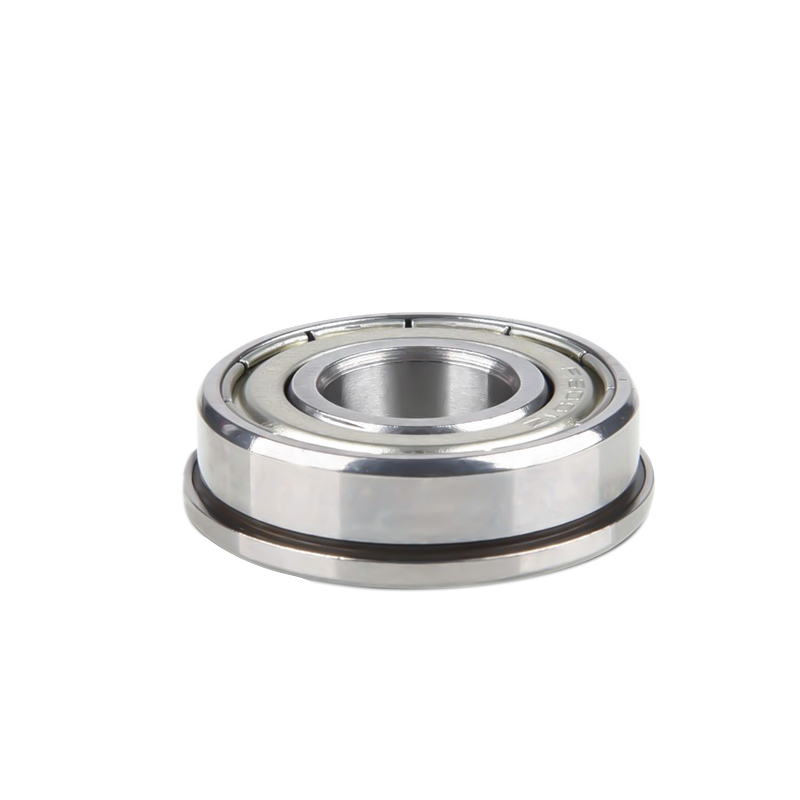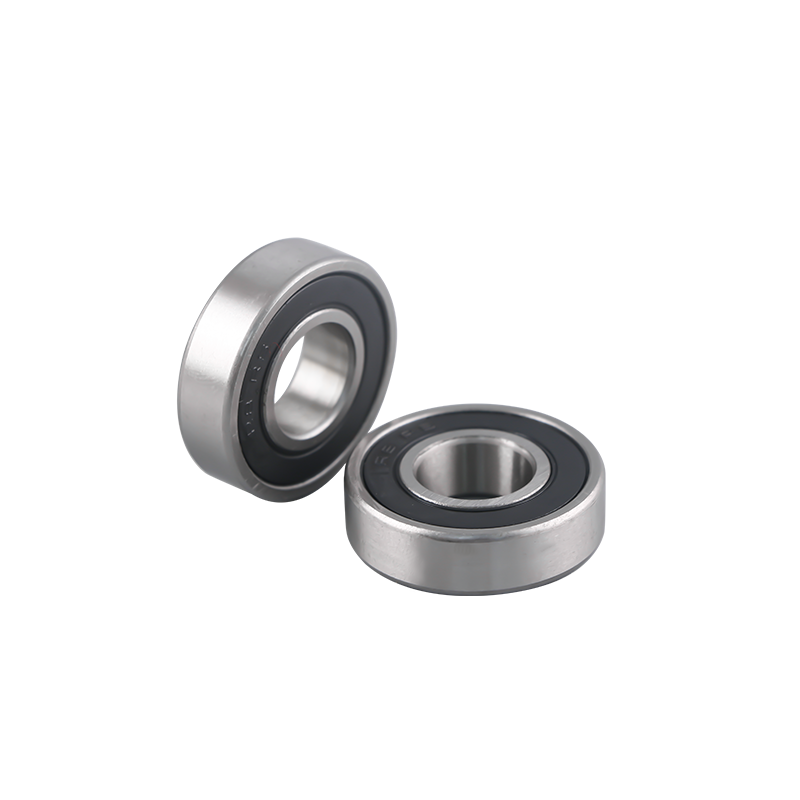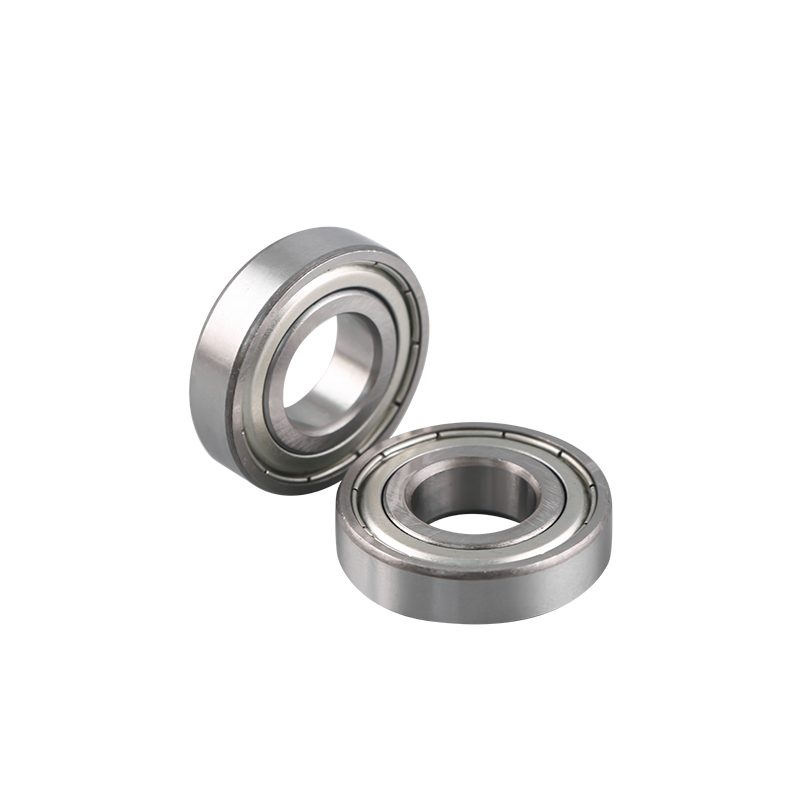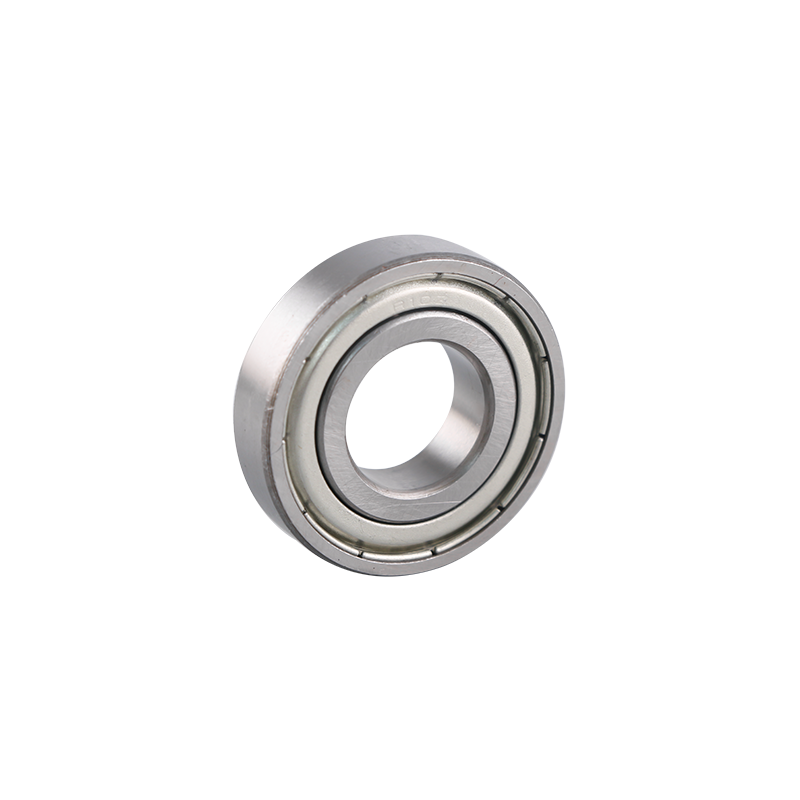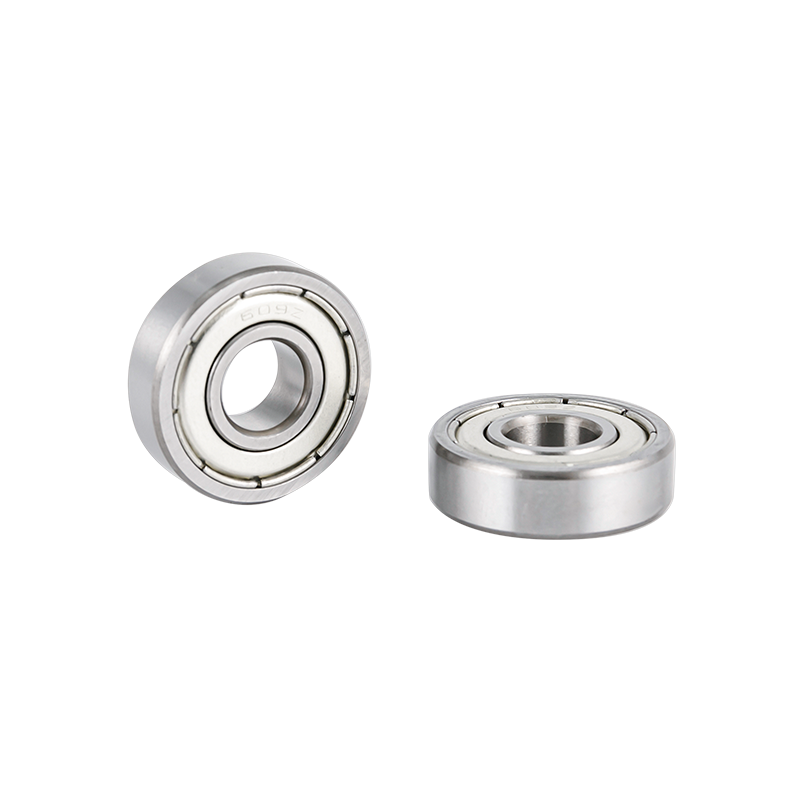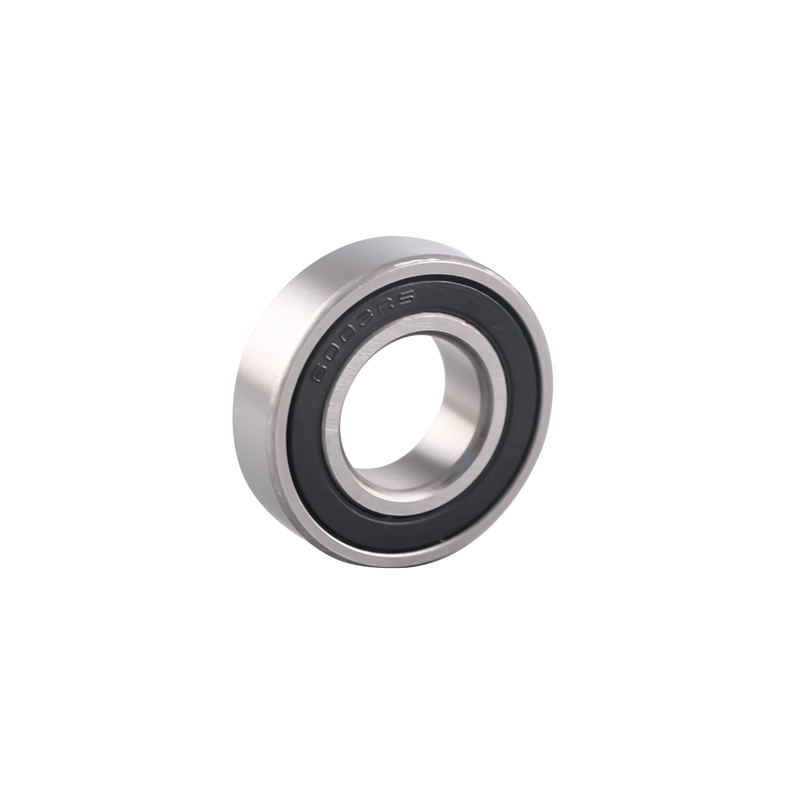The inner and outer rings of
deep groove ball bearings play critical roles in the function and performance of these versatile components.
Inner Ring:
Function: The inner ring, also known as the inner raceway, serves several crucial functions in a deep groove ball bearing:
Support for the Rotating Shaft: The inner ring is mounted directly onto the rotating shaft of a machine. It provides support and maintains the position of the shaft within the bearing assembly.
Raceway for the Balls: The inner ring features a groove or raceway along its inner surface. This groove provides a track for the balls to roll along. The curvature and depth of this raceway are designed to optimize load distribution and minimize friction during rotation.
Materials: Inner rings are typically made from high-quality steel, though other materials like stainless steel or ceramic may be used for specific applications. Steel is chosen for its durability and resistance to wear and deformation.
Precision: The inner ring is manufactured with a high degree of precision to ensure proper alignment of the bearing components. Any deviations in dimensions or surface finish can negatively impact the bearing's performance.
Mounting: Proper mounting of the inner ring onto the shaft is essential. This may involve interference fits, press fits, or other methods to ensure a secure connection.
Outer Ring:
Function: The outer ring, also known as the outer raceway, complements the inner ring and performs vital functions as well:
Stability and Support: The outer ring remains stationary within the bearing housing or machine structure. It provides stability and support for the entire bearing assembly, preventing misalignment or deformation.
Outer Raceway: Like the inner ring, the outer ring has an outer raceway groove that complements the inner raceway on the inner ring. This groove also provides a path for the balls to roll along.
Materials: Outer rings are typically made from the same high-quality steel as inner rings. The choice of material depends on factors like load capacity and environmental conditions.
Sealing: In some applications, especially those exposed to contaminants or moisture, the outer ring may incorporate sealing elements to protect the bearing's interior. These seals can be rubber, synthetic, or metal shields.
Precision: Just like the inner ring, the outer ring is manufactured to precise dimensions to ensure that the bearing operates smoothly and efficiently.
Interplay Between Inner and Outer Rings:
The interaction between the inner and outer rings is critical for the proper function of the deep groove ball bearing:
Raceway Contact: The balls roll within the raceways, and the precision of these raceways on both the inner and outer rings is paramount. This precision ensures that the balls are in constant contact with the raceways, distributing the load evenly and minimizing friction.
Axial and Radial Loads: Deep groove ball bearings are designed to accommodate both axial and radial loads. The raceways on both rings contribute to this versatility by allowing the bearing to support loads that act in different directions.
Tolerance and Fit: The fit between the inner and outer rings, as well as the balls and the cage, is engineered to precise tolerances. The fit type (clearance or interference) affects factors such as preload and bearing play, which, in turn, influence the bearing's performance.
